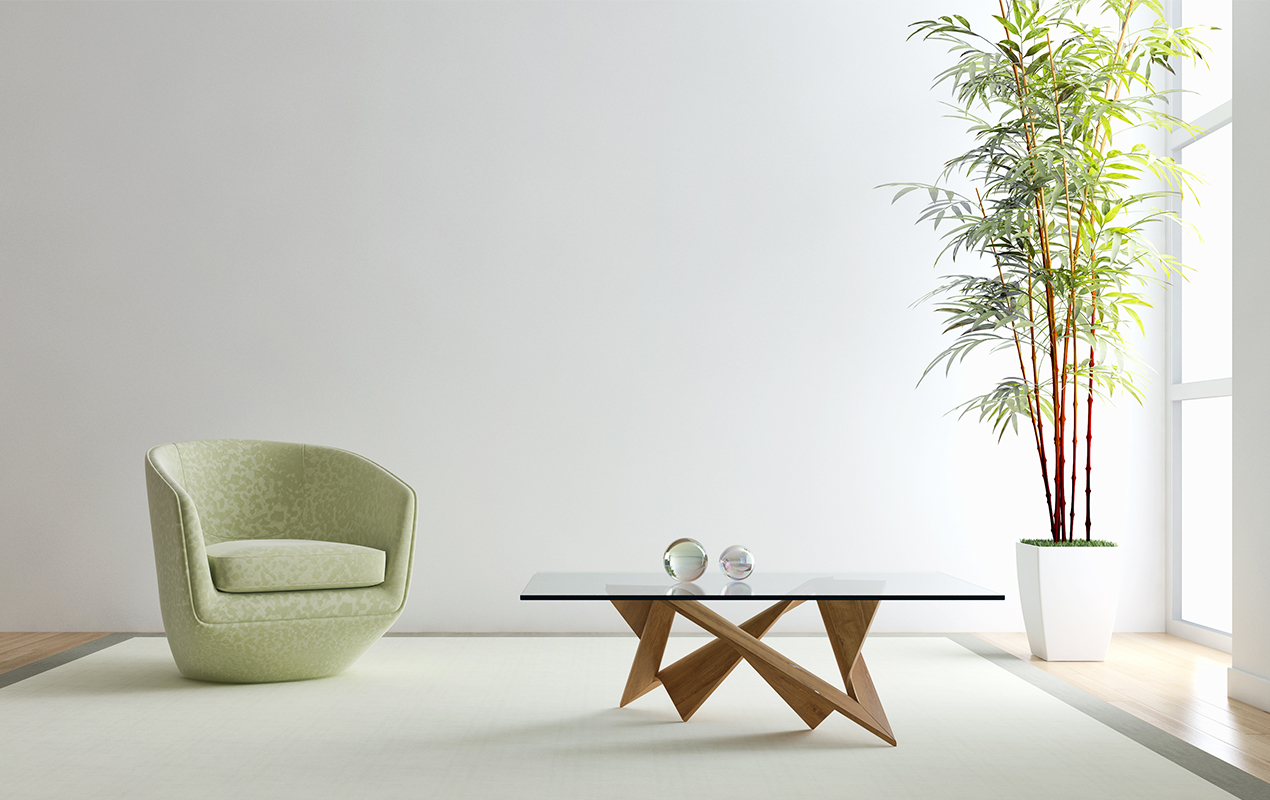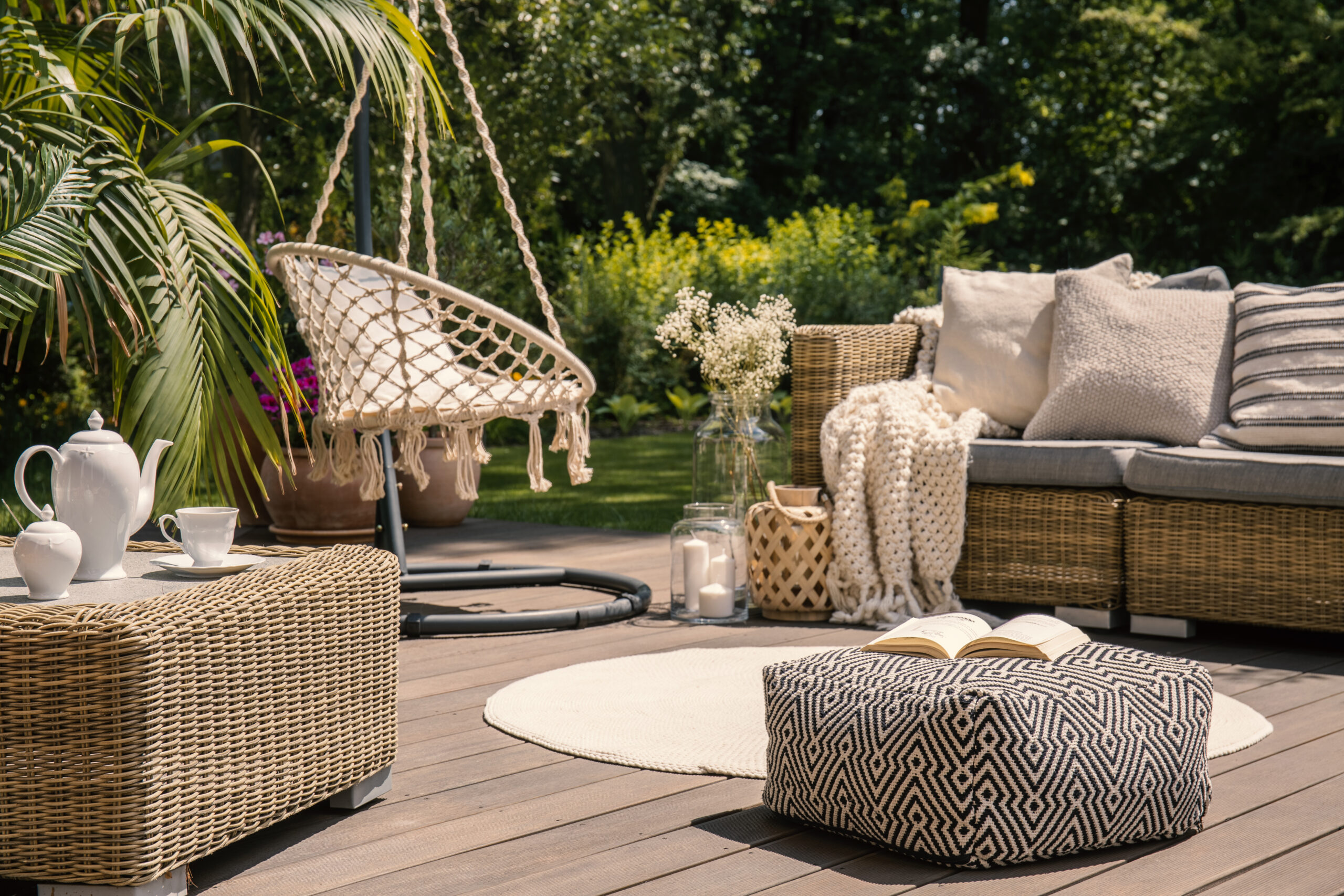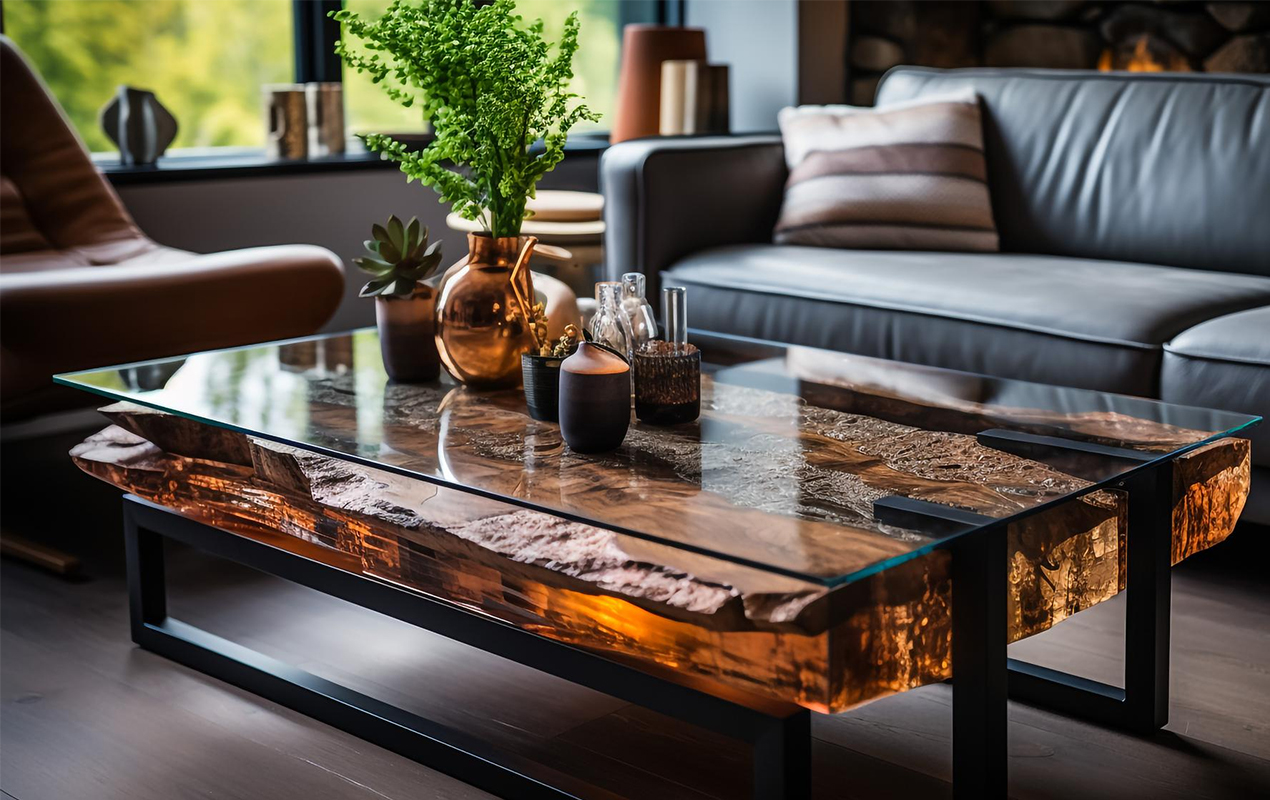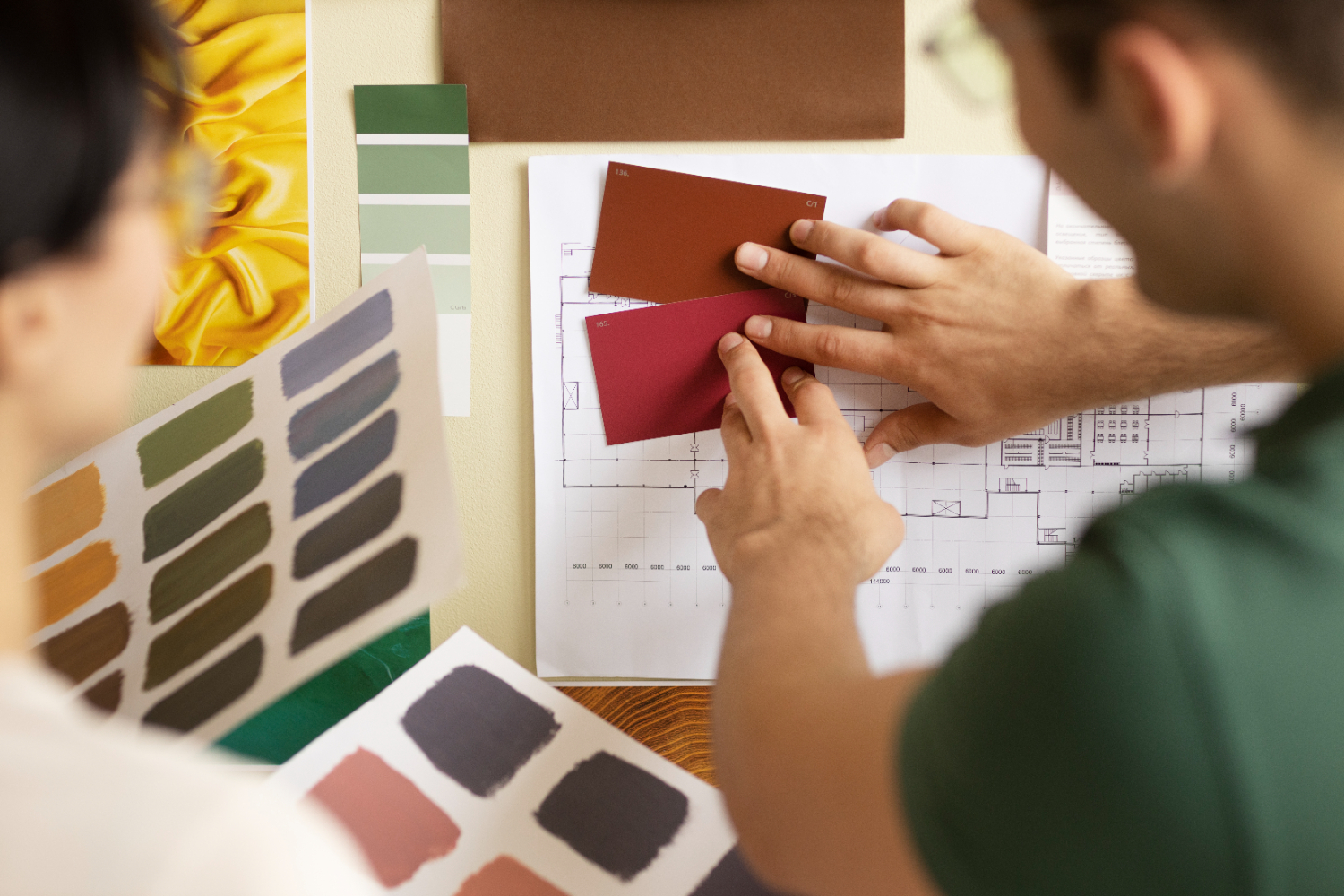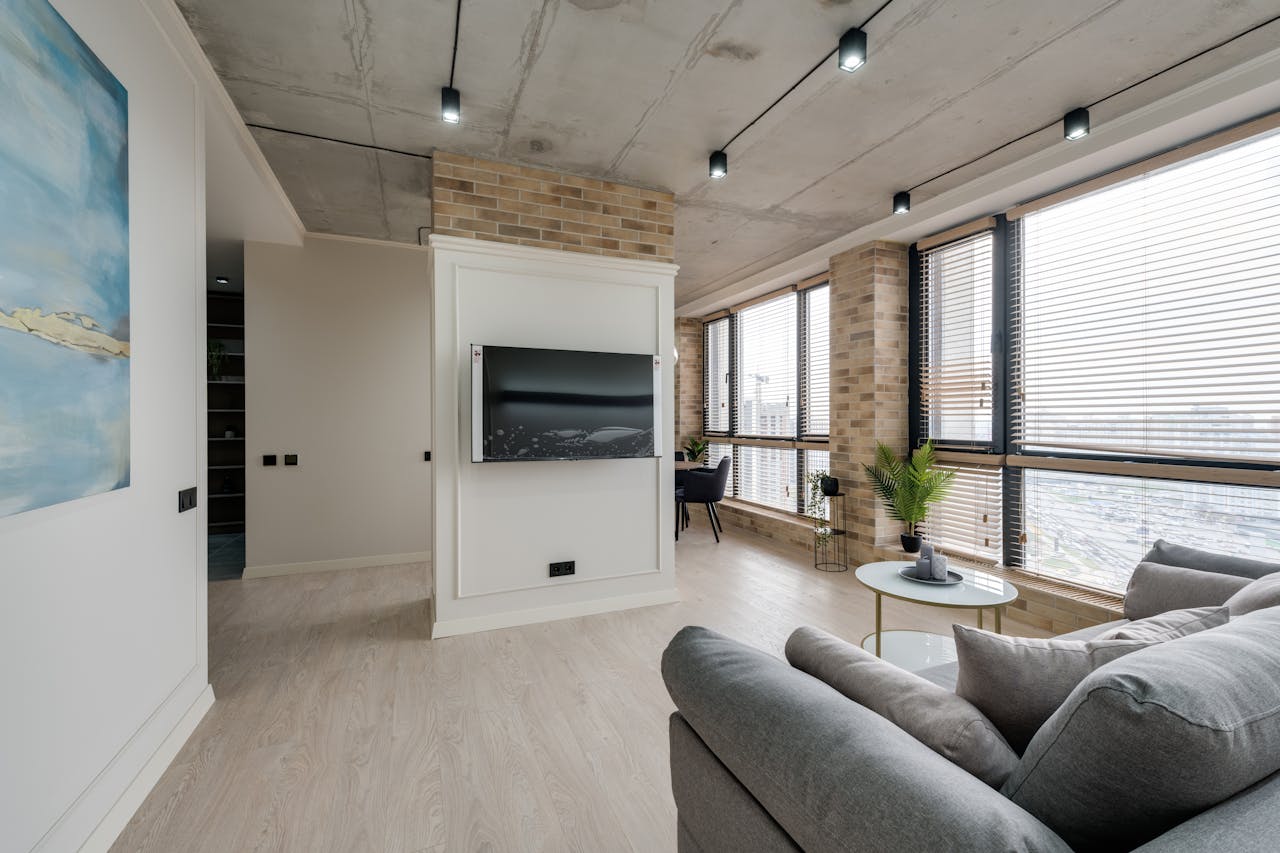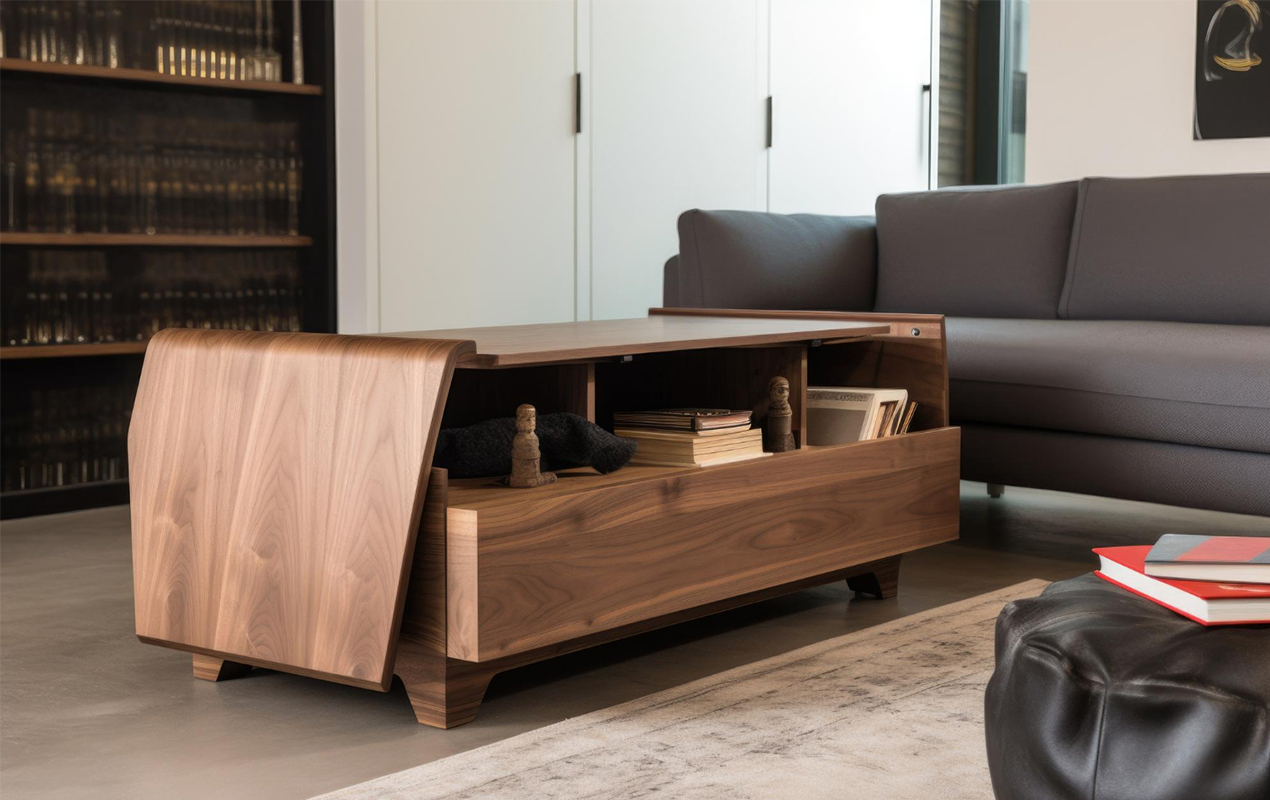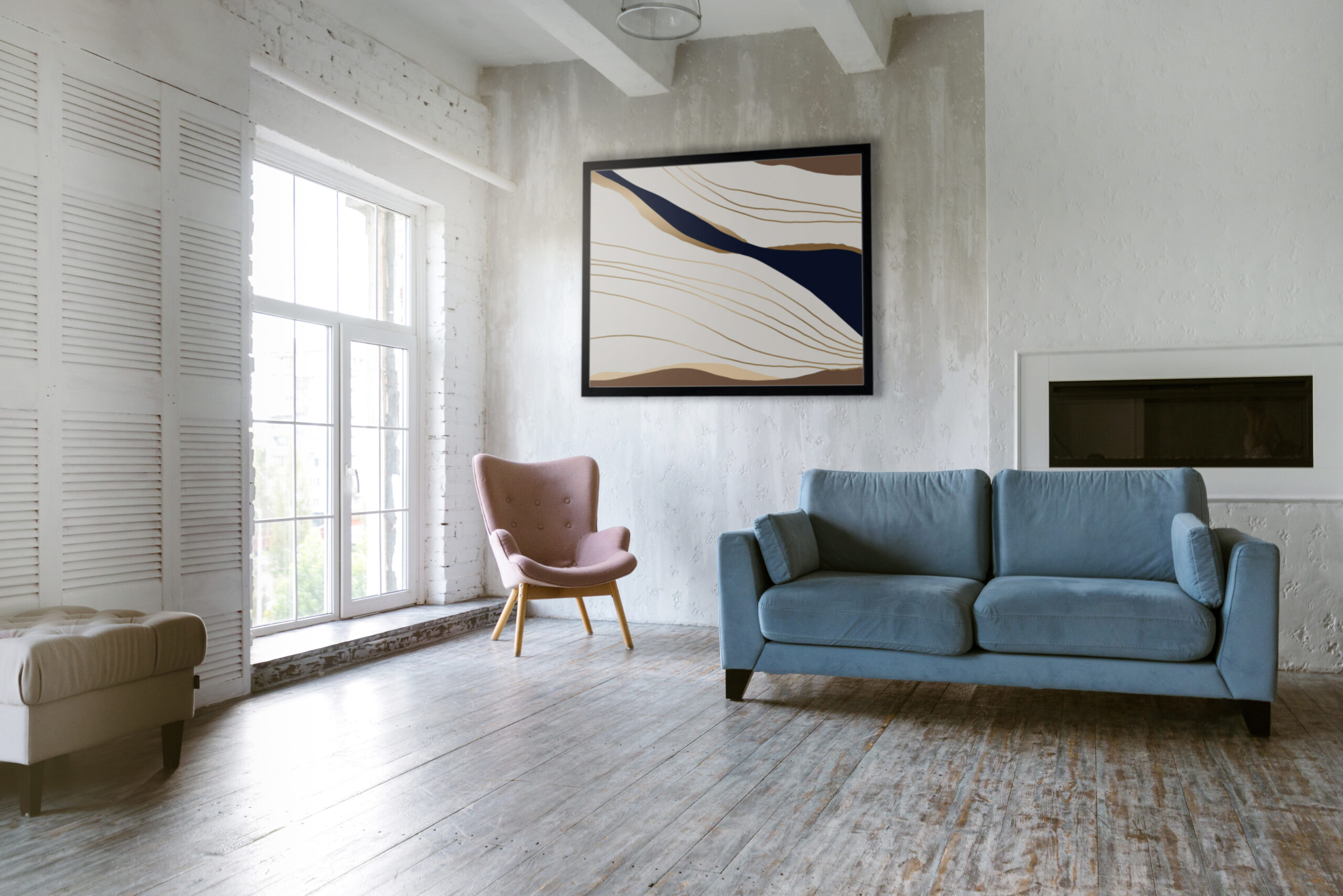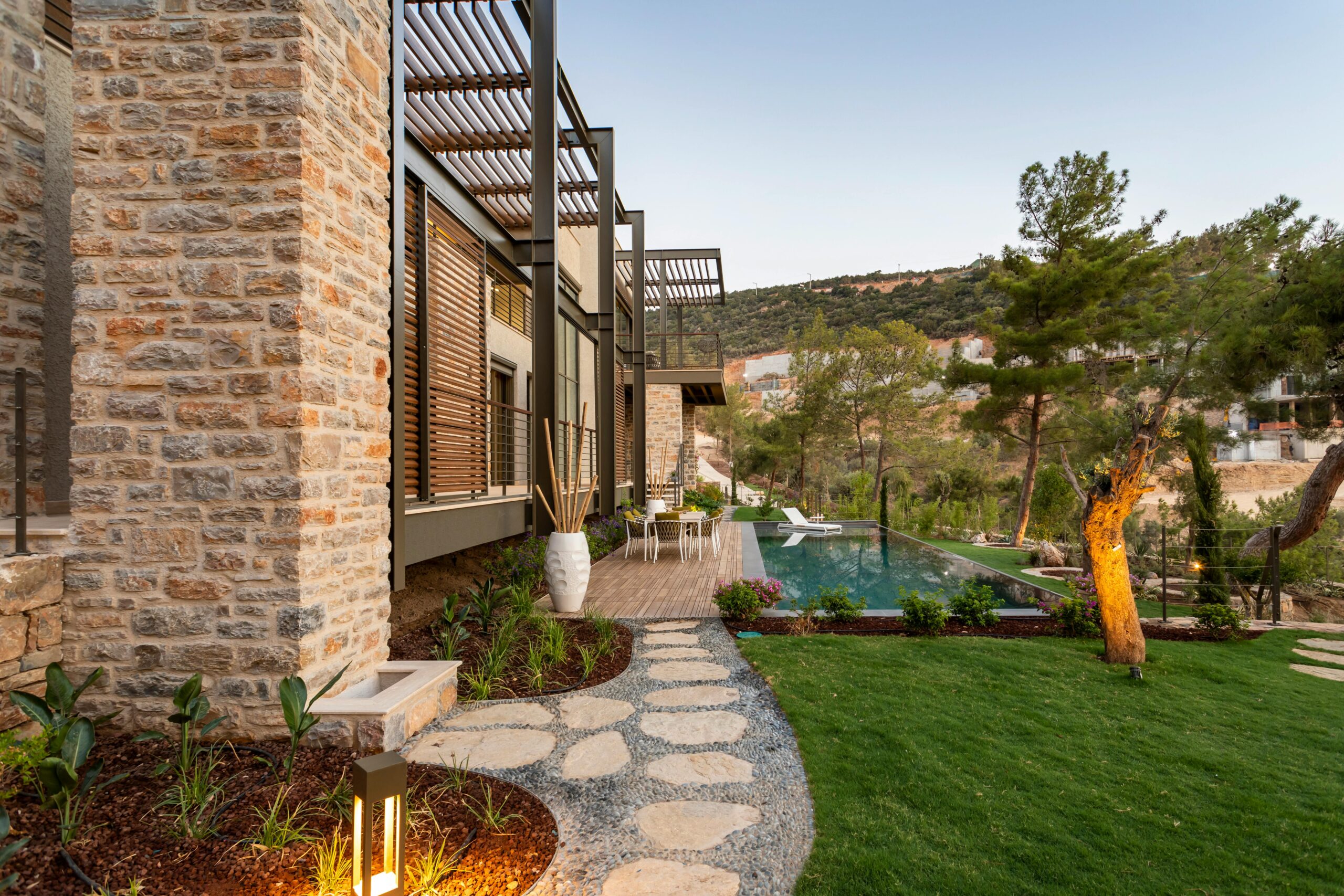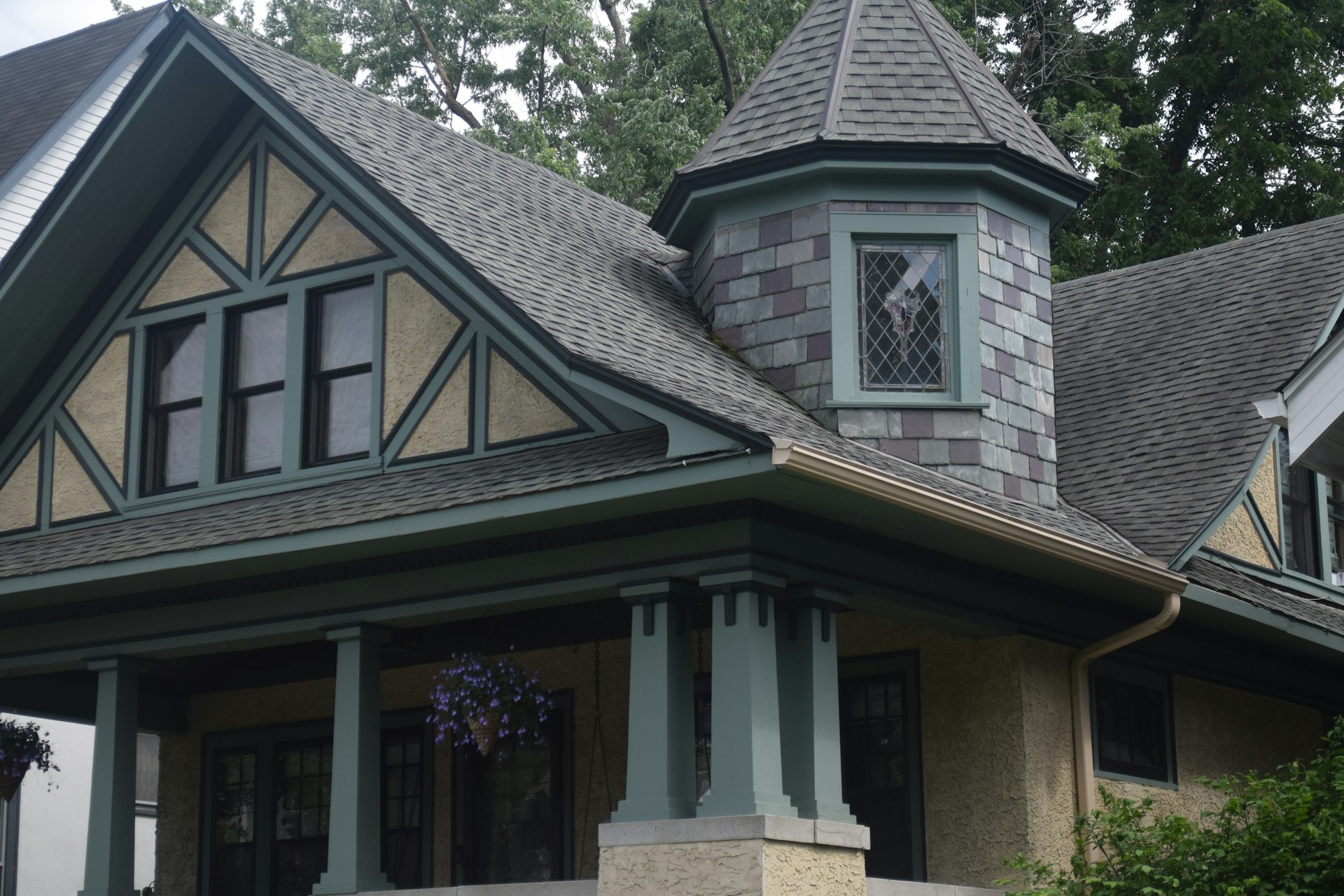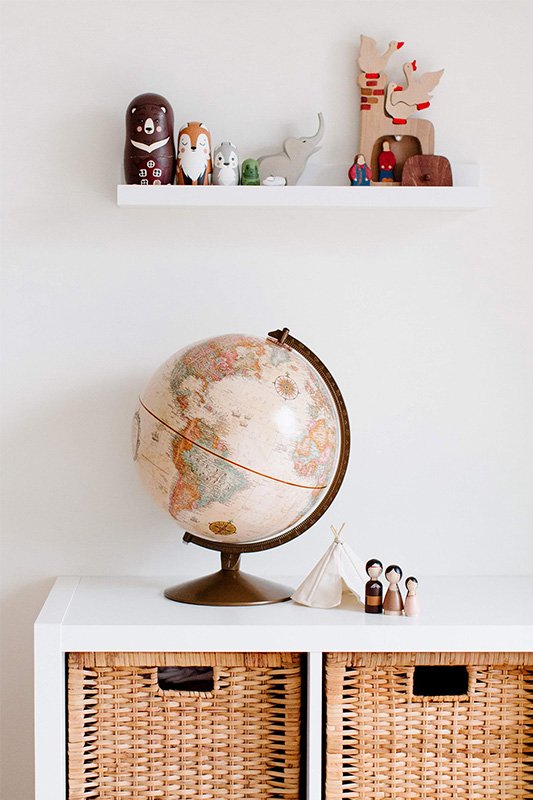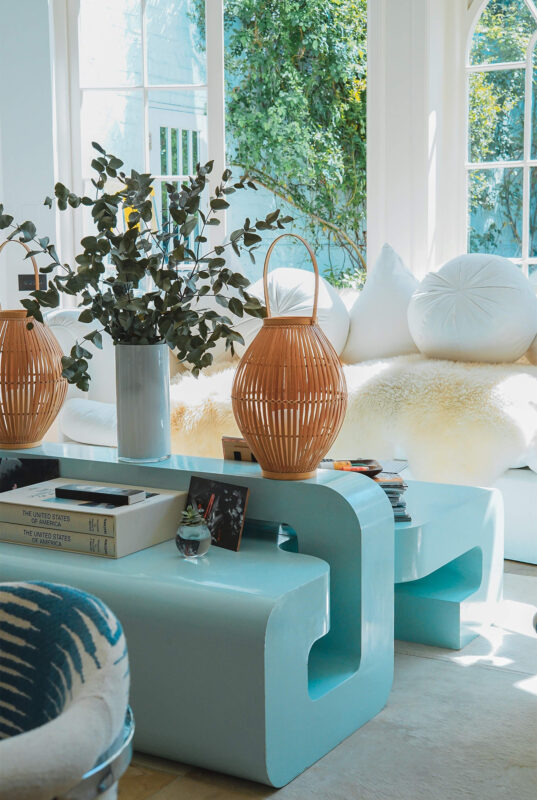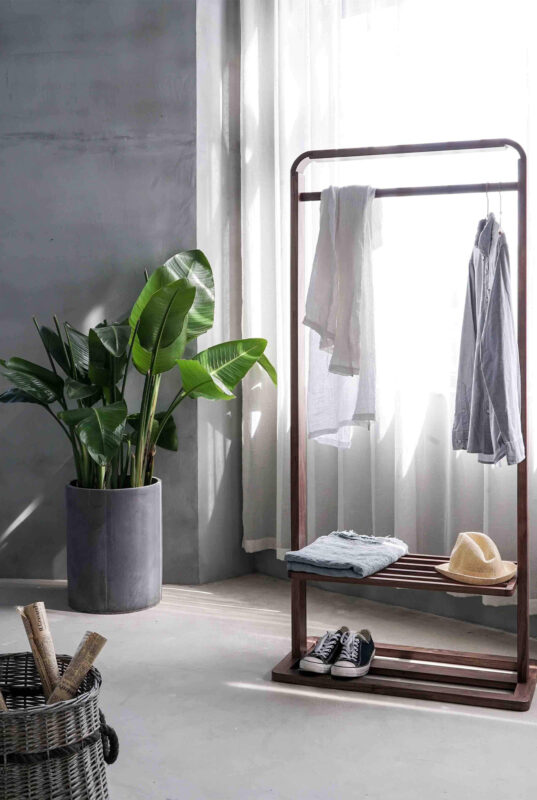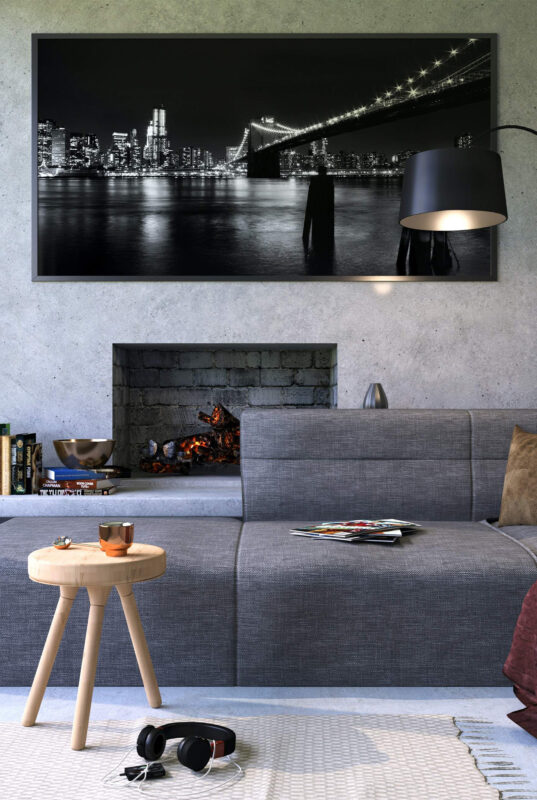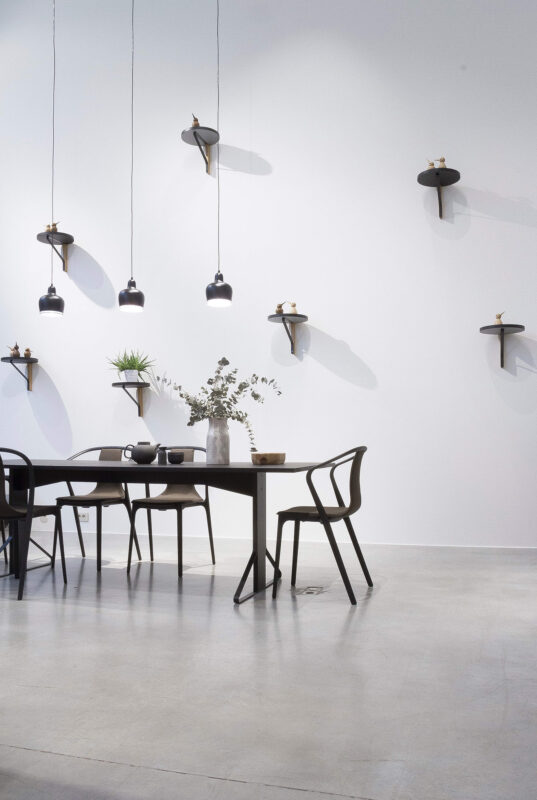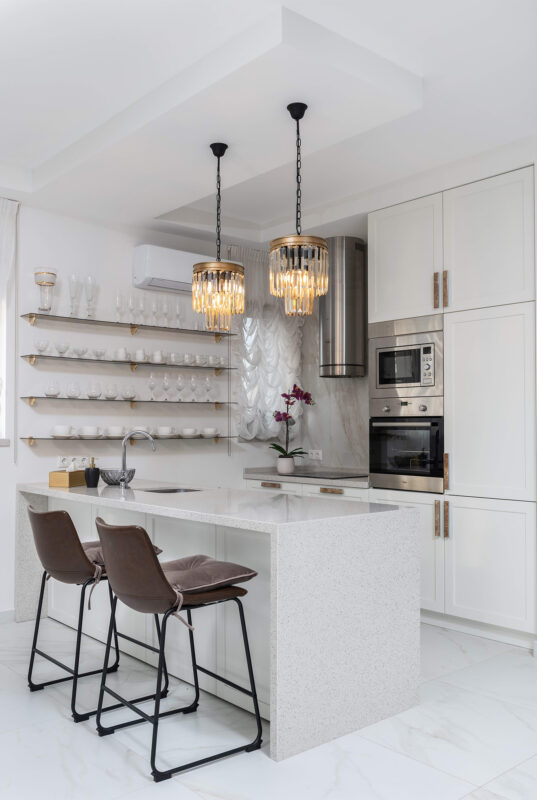Blog
The Benefits of Installing Artificial Turf for Residential Landscaping
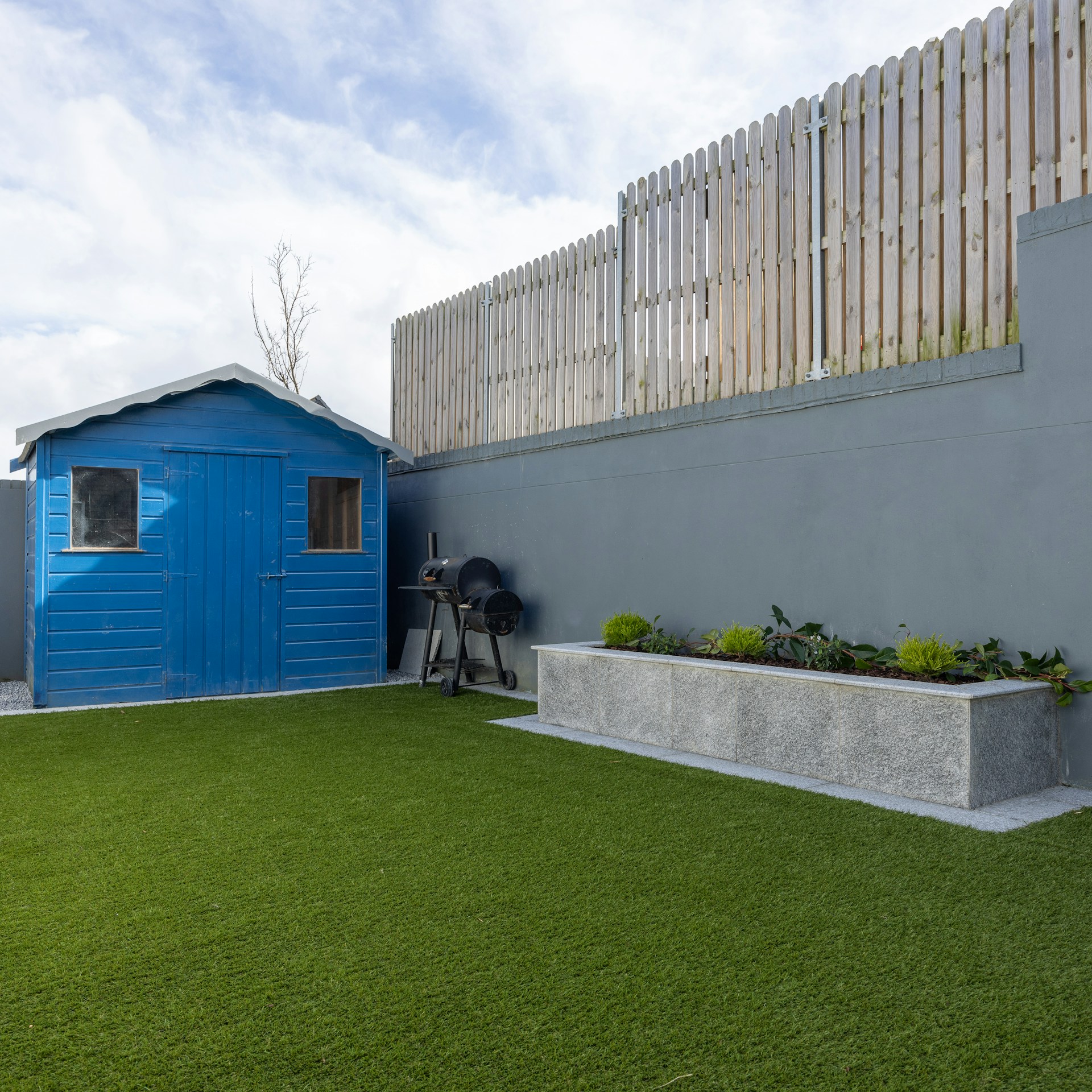
Homeowners seeking a hassle-free way to enjoy a beautiful lawn are turning to artificial turf. With realistic texture, durable construction, and year-round green color, synthetic grass provides both visual appeal and practical advantages. Whether you’re in a dry region, have a busy lifestyle, or want to reduce environmental impact, artificial turf delivers long-term value for residential landscapes.
Reduced Water Usage and Lower Utility Bills
Traditional lawns are thirsty. The average American household uses over 9,000 gallons of water each month for outdoor irrigation, according to the EPA. In areas affected by drought or watering restrictions, keeping natural grass green becomes expensive and unsustainable.
Artificial turf eliminates the need for regular watering. A synthetic lawn only requires an occasional rinse to remove dust or pet residue. That reduction in water usage quickly translates into noticeable savings on monthly bills. Homeowners can conserve thousands of gallons of water annually while avoiding penalties from water restrictions or bans. Choosing artificial grass is a smart move for both your wallet and the planet.
In states like California and Nevada, where water scarcity is a persistent concern, cities have even begun offering rebates for homeowners who remove natural grass. This added incentive makes synthetic turf even more appealing as an eco-conscious investment.
Minimal Maintenance Requirements
A real lawn doesn’t take care of itself. Weekly mowing, seasonal fertilizing, pest control, aeration, and weed removal are necessary just to maintain appearance. These tasks cost money and demand time, especially during growing seasons when grass grows rapidly and unevenly.
Artificial turf offers a dramatically easier solution. Once installed, there’s no need for routine cutting, chemical applications, or ongoing landscaping treatments. Occasional brushing and cleaning are all that’s needed to keep it in top shape.
This low-maintenance approach frees up your weekends and removes the hassle of constant yard care, while also minimizing exposure to harsh herbicides or fertilizers. In fact, some homeowners find that synthetic turf reduces their outdoor chore time by over 80%. That’s more free time for relaxation, family activities, and outdoor entertaining without the weekly yard work.
Year-Round Aesthetic Appeal
Even the most meticulously maintained grass can turn brown or patchy depending on the weather. Sun-scorched summers, freezing winters, or foot traffic from kids and pets can take a toll on natural turf, leaving bald spots and muddy areas that diminish your home’s appearance.
Synthetic grass, on the other hand, stays lush and vibrant regardless of season or climate. UV-stable fibers resist fading in full sun, and advanced drainage prevents water from pooling after rain. The result is a consistently attractive yard that always looks freshly mowed.
Homeowners also appreciate how turf provides a clean, mud-free space after storms or snow melts—something real lawns often can’t offer. It also stays cooler than you might think. With infill options like silica sand or cooling technology, modern turf systems can remain comfortable even during high heat.
Safe and Family-Friendly Outdoor Spaces
Creating a safe, comfortable space for play and relaxation is a top priority for many families. Whether it’s pets chasing balls or kids tumbling on the ground, a lawn should be soft, stable, and free of hazards.
Many Florida homeowners rely on the expertise of the Buccaneer Turf Tampa team to ensure safe and seamless installations. Their use of high-quality padding and precise fitting techniques results in turf surfaces that feel soft underfoot and minimize the risk of injury.
Because artificial grass doesn’t require fertilizers or pesticides, you can enjoy the yard without worrying about chemical exposure. Pets won’t dig holes, and children can play freely without coming in muddy or itchy. Customers often praise how these installations create peace of mind, knowing that play areas remain safe and tidy no matter the weather or season.
Allergy Relief for Sensitive Households
Grass allergies affect millions of people each year. For those with sensitivities, mowing the lawn or even spending time on natural grass can lead to uncomfortable symptoms such as sneezing, itchy eyes, and congestion.
Synthetic turf is naturally hypoallergenic. Because it doesn’t produce pollen or harbor mold-prone soil, it creates a more allergy-friendly environment. Families with young children, seniors, or asthma sufferers often experience noticeable relief after making the switch.
Less pollen in your yard means cleaner air and a more comfortable time outdoors. Whether you’re gardening, hosting guests, or letting pets roam, the reduced allergen exposure makes a measurable difference. For families with dogs or small children who frequently play outside, the improved air quality and clean surface provide a meaningful upgrade in lifestyle.
Long-Term Cost Efficiency
The upfront price of artificial turf installation can raise eyebrows, but it’s important to consider what it replaces. Traditional lawns require repeated investments in water, fertilizer, seed, equipment maintenance, and professional landscaping. Over the years, these costs add up quickly.
Artificial turf, by contrast, pays for itself in long-term savings. A professionally installed system can last between 15 and 20 years, with only minimal upkeep. Homeowners who switch often report recouping their investment within the first five years due to reductions in water and maintenance expenses.
Unlike real grass, synthetic turf stays pristine without constant input, making it a budget-conscious choice over the lifespan of your home. Even better, there are no surprise costs from reseeding after droughts or replacing sod after pest infestations. With artificial turf, what you pay for upfront is what you keep enjoying for years to come.
Final Thoughts
Artificial turf offers an attractive, sustainable, and cost-effective alternative to natural grass. From cutting down water usage and maintenance to creating safe, allergy-friendly outdoor spaces, its benefits go beyond aesthetics. With the right materials and expert guidance from professionals, your lawn can become a functional, worry-free extension of your home.

